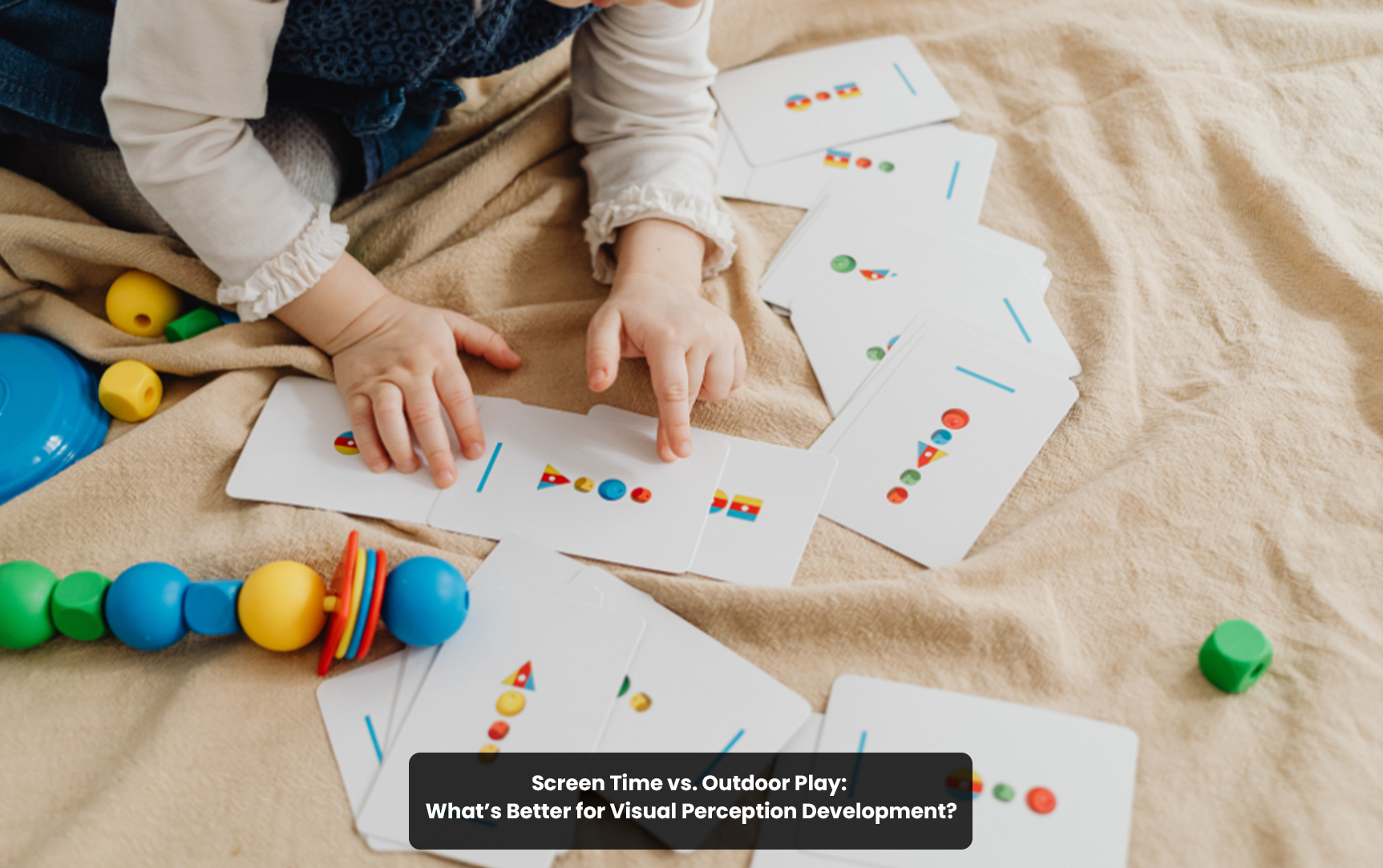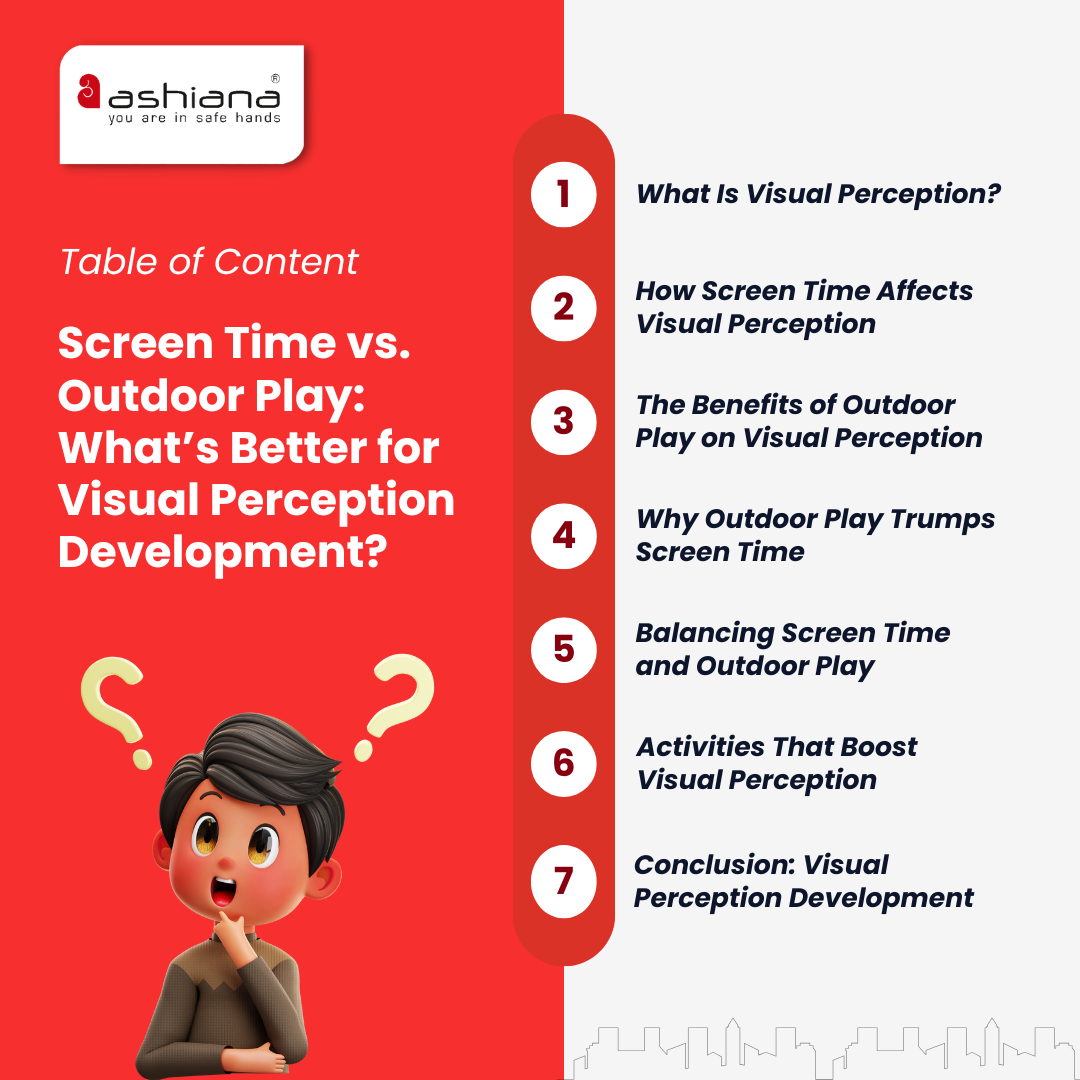

Screen time, when used purposefully, can enhance skills like pattern recognition and tracking movements. However, excessive use may lead to digital eye strain and limited real-world learning opportunities.
Outdoor play offers dynamic environments that improve depth perception, visual tracking, and spatial awareness. It also engages multiple senses and promotes healthy vision through natural light exposure.
Parents can set age-appropriate limits on screen time, prioritize daily outdoor activities, and use technology to enhance outdoor experiences, such as apps for identifying plants or stars.
Ashiana, Ashiana Housing build homes. Homes surrounded by vast green spaces and fresh breeze. Homes cocooned in secured gated complexes. Homes where futures are forged and there are opportunities to grow. And Homes in environments brimming with healthy activity, trust and respect. At heart, we build communities with care.
Other posts by Ashiana
Join 1000+ of fellow readers. Get expert real estate knowledge straight to your inbox absolutely free. Just enter your email address below.